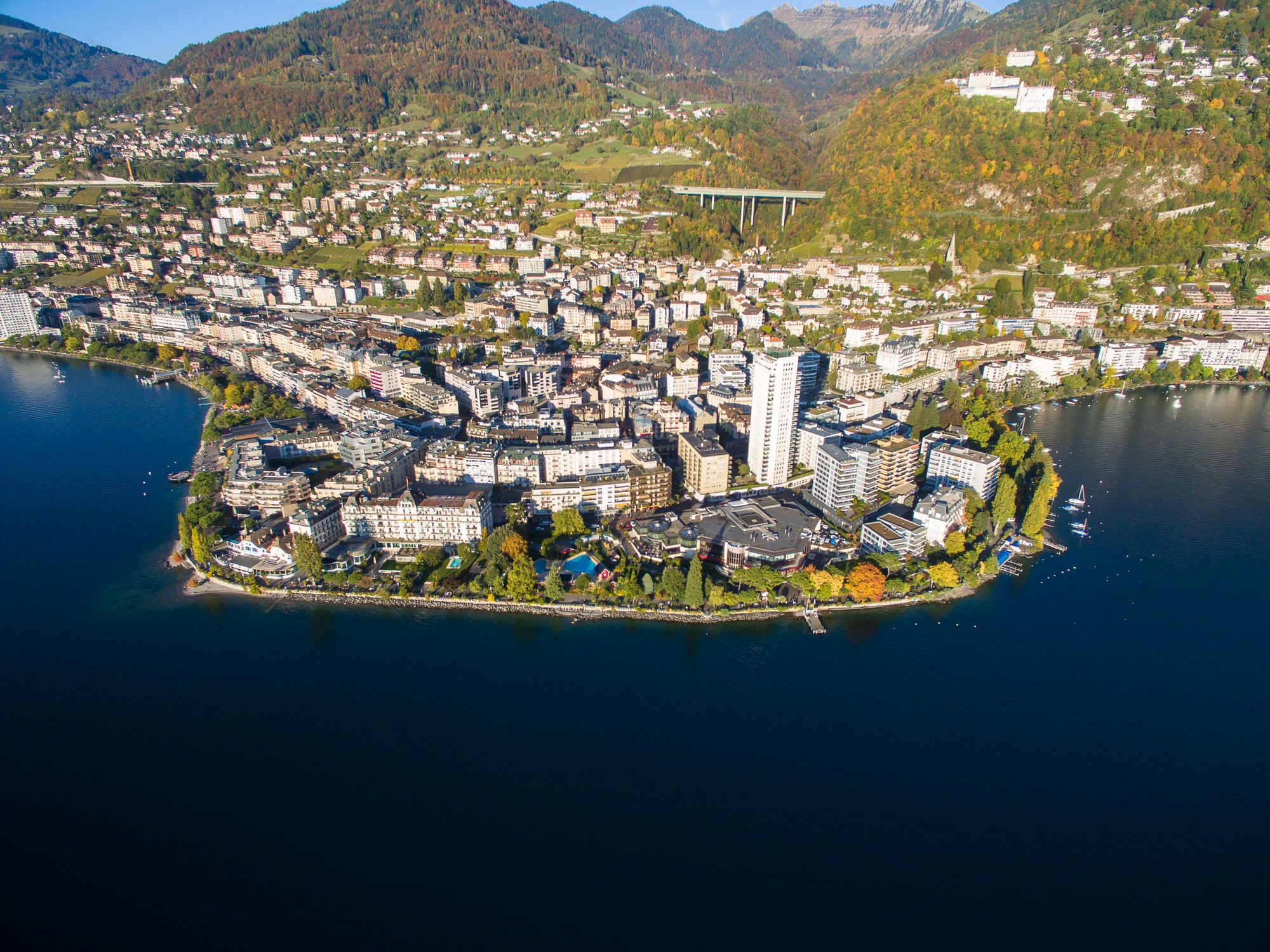Revolutionizing Creativity: The Role of Technology in Artistic Expression

Unlocking the Potential: Technology in Artistic Expression
In the ever-evolving landscape of business and creativity, the integration of technology has become a driving force, reshaping traditional approaches to artistic expression. The quote, "But now with technology I could sit down and do a bunch of character drawings and scan them into a computer, and the computer using my exact style could bring it into life, where it would have been edited by various human beings before," highlights the transformative power of technology in unleashing the full potential of artistic endeavors. This article explores the impact of technology on artistic creation and the implications for businesses, executives, and creative professionals.
The Evolution of Artistic Processes
The canvas of artistic creation, once stretched tight across physical bounds, has been irrevocably reshaped by the digital brushstroke. Traditional pathways, paved with manual skill and time-consuming processes, have yielded to a vibrant crossroads where technology rewrites the very definition of "making art." The artist's chisel and palette, once the solitary companions of expression, now find themselves flanked by pixels and algorithms, collaborating in a wondrous dance of imagination and innovation.
Imagine a sculptor, not chipping away at marble, but wielding a digital mallet, shaping virtual clay with the flick of a wrist. This is the magic of digital tools – the power to conjure worlds unseen, unconstrained by the limitations of physical mediums. Gone are the days of laborious brushstrokes or painstakingly carved features; in their place, a kaleidoscope of colors erupts onto the screen, manipulated with the ease of a thought.
But this artistic revolution is not a solitary march towards digital dominance. The traditional and the technological intertwine in a mesmerizing ballet. Illustrators, for instance, might still sketch the initial spark of an idea on paper, their pencils whispering the first lines of a story, only to see it blossom into full-fledged worlds through the vibrant lens of graphic design software. Traditional techniques whisper the melody, while digital tools orchestrate the symphony, weaving textures, layering tones, and breathing life into the artist's vision.
This democratization of the artistic process extends beyond the tools themselves. Collaboration, once hindered by physical limitations, now transcends borders and time zones. A musician in Seoul can work with a filmmaker in London, their ideas seamlessly bouncing between continents, woven together into a tapestry of sound and image. The walls of the studio collapse, replaced by a boundless virtual space where creativity ignites and flourishes in the collective spark of shared passion.
The digital canvas, then, is not a replacement for the traditional, but rather an exhilarating expansion. It's a playground where imagination knows no bounds, where pixels dance with pigments, and where the echoes of a sculptor's hammer reverberate alongside the rhythmic click of a mouse. For the artist of today, the tools may have changed, but the essence remains the same – the yearning to capture the human experience, to weave stories into existence, and to share a glimpse of the beauty that burns within. The digital revolution may have dismantled the barriers, but it has also unveiled an even grander stage, one where the possibilities of artistic expression are as limitless as the human imagination itself.
This expanded version delves deeper into the impact of technology on artistic creation, highlighting:
The democratization of art through digital tools and broader accessibility
The seamless collaboration between traditional and digital techniques
The boundless potential of the digital canvas and the expansion of artistic possibilities
The enduring essence of artistic expression despite the changing tools and mediums
Embracing Change: A Paradigm Shift in Creativity
For business executives and entrepreneurs, the integration of technology in artistic processes represents a paradigm shift in creativity. The ability to leverage tools such as graphic tablets, digital illustration software, and Generative Artificial Intelligence (GAI) allows for a more efficient, streamlined, and personalized approach to artistic expression. This shift not only enhances the creative process but also opens new avenues for business success through unique and visually striking creations.
Generative Artificial Intelligence: Redefining Artistic Styles
Generative Artificial Intelligence is a game-changer in the realm of artistic creation. With the capacity to understand and replicate an artist's unique style, GAI brings a level of precision and efficiency that was previously unimaginable. By scanning hand-drawn illustrations into a computer, artists can collaborate with AI to seamlessly transform their ideas into vibrant, digital masterpieces, all while maintaining the integrity of their artistic style.
Leadership and Management in the Digital Artistic Landscape
Effective leadership and management skills are pivotal in navigating the evolving landscape of digital artistic expression. Business executives must recognize the value of embracing technological advancements to stay ahead of the curve. Initiatives such as providing training programs on digital tools, fostering a culture of innovation, and supporting collaborations between artists and technologists can significantly contribute to business success in this digital age.
Project Management in the Creative Sphere
Project management takes center stage in ensuring the seamless integration of technology into artistic processes. Managers need to understand the intricacies of digital tools, allocate resources effectively, and facilitate cross-disciplinary collaboration between artists, technologists, and other stakeholders. The successful execution of creative projects relies on a strategic approach that embraces both the artistic vision and the technological capabilities available.
Conclusion: Bridging the Gap Between Art and Technology
The intersection of art and technology is not a threat to traditional artistic methods; rather, it is an opportunity to push the boundaries of creative expression. As businesses increasingly recognize the value of merging artistic endeavors with technological advancements, a new era of limitless possibilities emerges. By fostering a collaborative environment that encourages experimentation, innovation, and the seamless integration of technology, executives and entrepreneurs can lead their organizations to unparalleled success in the realm of digital artistic creation.
#DigitalArtistry #TechnologicalInnovation #CreativeRevolution
https://theswissquality.ch/revolutionizing-creativity-the-role-of-technology-in-artistic-expression/
Comments
Post a Comment